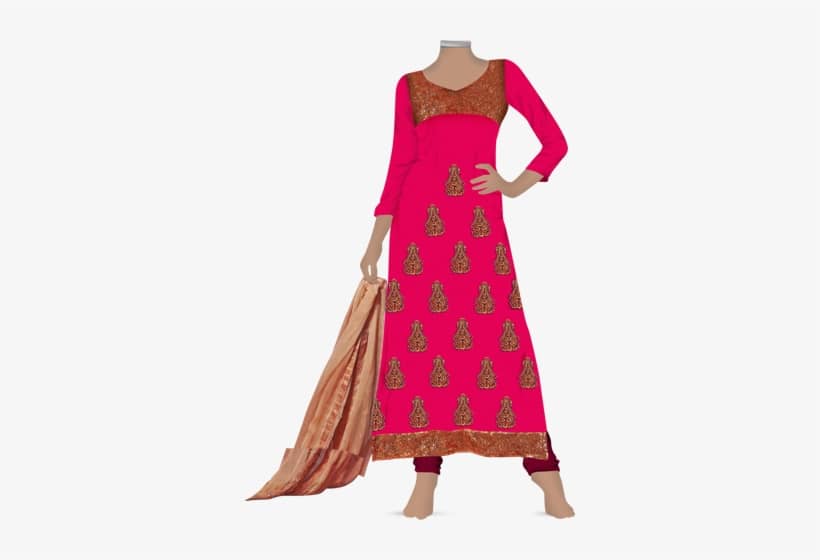Recognizing the Tailoring Process: From Textile Option to Final Suitable for the Ideal Wardrobe
The customizing process is an intricate interaction of art and scientific research, starting with the vital decision of textile selection and culminating in the precise adjustments of final fittings. Each fabric kind brings unique top qualities that affect not just the aesthetic charm yet additionally the garment's long life and suitability for numerous celebrations. Understanding the nuances of customizing techniques can raise one's wardrobe to extraordinary levels of elegance. As we check out these aspects even more, one need to think about exactly how even the tiniest information can substantially impact the general outcome of one's individual design.
Importance of Fabric Choice
Choosing the right textile is essential in the tailoring procedure, as it straight affects the convenience, toughness, and total aesthetic of the final garment (tailor perth). The option of textile sets the foundation for the garment's performance, performance, and style. Various fabrics have distinct residential properties, such as breathability, weight, and stretch, which can considerably affect exactly how the garment drapes and fits the body
Furthermore, fabric selection affects the garment's long life and simplicity of treatment. Top notch textiles can hold up against wear and tear, maintaining their appearance and structure in time, while lower-quality materials might bring about pilling or fading. Furthermore, the right material adds to the garment's ability to shift throughout periods and events, thereby boosting versatility.
A customized item made from a proper fabric not just showcases craftsmanship yet additionally raises the user's confidence. Subsequently, recognizing the nuances of fabric choice is paramount for any type of customizing undertaking. It makes sure that the end product not just fulfills the aesthetic needs of the customer but also straightens with practical demands, thus achieving a harmonious balance in between form and feature in the customized wardrobe.
Kinds of Fabrics and Their Uses
Recognizing the various kinds of materials readily available is vital for making educated choices throughout the customizing process. Each fabric has one-of-a-kind qualities that dictate its suitability for specific garments and celebrations.
Its flexibility allows it to be tailored into whatever from shirts to outfits. Its all-natural flexibility assists garments maintain form over time.
Silk emanates deluxe and is lightweight, making it best for eveningwear and fragile shirts; nevertheless, it requires careful handling because of its fragility. Linen, with its textured finish, is a popular choice for warm environments, giving a airy and crisp feeling, however it wrinkles quickly, which might affect the garment's appearance.
Artificial textiles, such as polyester and nylon, deal longevity and resistance to wrinkles, making them suitable for day-to-day wear and energetic garments. Recognizing these fabric types and their residential properties allows for better decision-making, making sure that each customized piece not only fits well however additionally straightens with the desired purpose and celebration.
The Tailoring Strategies Explained
The art of tailoring relies upon a selection of strategies that transform fabric into well-fitted garments. Central to this procedure is pattern preparing, where a dressmaker develops design templates based on the customer's dimensions and wanted design. This first step makes sure that the garment will fit the user effectively prior to any kind of cutting takes place.
As soon as patterns are developed, cutting techniques come into play. Precision is extremely important as errors can bring about misfitting garments. Tailors frequently utilize various cutting approaches, such as single-layer reducing for complex styles and multiple-layer reducing for effectiveness on typical patterns.
Basting is another essential technique, permitting tailors to briefly stitch fabric pieces together for a preliminary fitting. This approach provides the possibility to analyze the drape and overall shape before final sewing.
Seaming strategies, consisting of flat-felled seams and French seams, enhance the garment's sturdiness and visual charm. Tailors also employ methods such as interfacing and cushioning to provide framework and shape to certain locations, like collars and shoulders.
Finally, completing strategies, consisting of hemming and edge ending up, make certain the garment's durability while supplying a polished appearance. Together, these strategies form the foundation of reliable customizing, resulting in splendid, tailor-made clothing.
Fitting Changes and Considerations

Trick factors to consider consist of the shoulder fit, which should neither droop neither restrict motion, and the sleeve length, which should enable comfortable arm activity while maintaining a refined appearance. Furthermore, changes at the waist can fine-tune the silhouette, with alternatives to allow out or take in fabric as required.
The rise of trousers is one more essential aspect; it ought to rest pleasantly over the hips without triggering pain, allowing for simplicity of motion. Hemming lengths for both trousers and skirts should reflect the Get More Info user's favored design while appreciating proportions.

Preserving Your Tailored Wardrobe
Proper maintenance of tailored garments is crucial to maintaining their fit and appearance with time. To guarantee longevity, normal cleaning is vital. Constantly adhere to the treatment label guidelines, which may suggest dry cleansing for fragile fabrics or equipment cleaning for even more resilient products. Avoid constant laundering, as this can wear down the fabric and alter the garment's form.
Storage space is just as essential; usage cushioned hangers for coats and layers to maintain shoulder framework, and store trousers folded up neatly or hung to protect against creasing. Secure garments from straight sunlight, which can discolor colors and damages fibers.
In addition, periodic assessments for small repair work can stop larger problems. Look for loose switches, fraying joints, or signs of moth damage, resolving these problems without delay to maintain the garment's stability.
Last but not least, consider seasonal turning. Putting on customized items in small amounts allows textiles to recuperate, expanding their lifespan. By implementing these maintenance approaches, you can make certain that your customized garments stay as pristine as the day you initially wore them, boosting your ideal closet for several years to discover this find.
Verdict
The tailoring process, including textile selection, skilled methods, and precise fitting adjustments, plays a crucial function in developing garments that improve both comfort and design. Recognizing the value of upkeep expands the life of customized garments, strengthening their value in a well-curated closet.
Choosing the ideal material is critical in the customizing process, as it directly influences the comfort, longevity, and total visual of the last garment. The choice of textile sets the foundation for the garment's functionality, design, and performance. Various materials possess distinct residential or commercial properties, such as stretch, weight, and breathability, which can dramatically affect exactly how the garment drapes and fits the body.
The art of tailoring relies on a selection of strategies that change fabric into well-fitted garments.The customizing procedure, encompassing material selection, skilled strategies, and specific suitable adjustments, plays an important duty in creating garments that enhance both comfort and style.